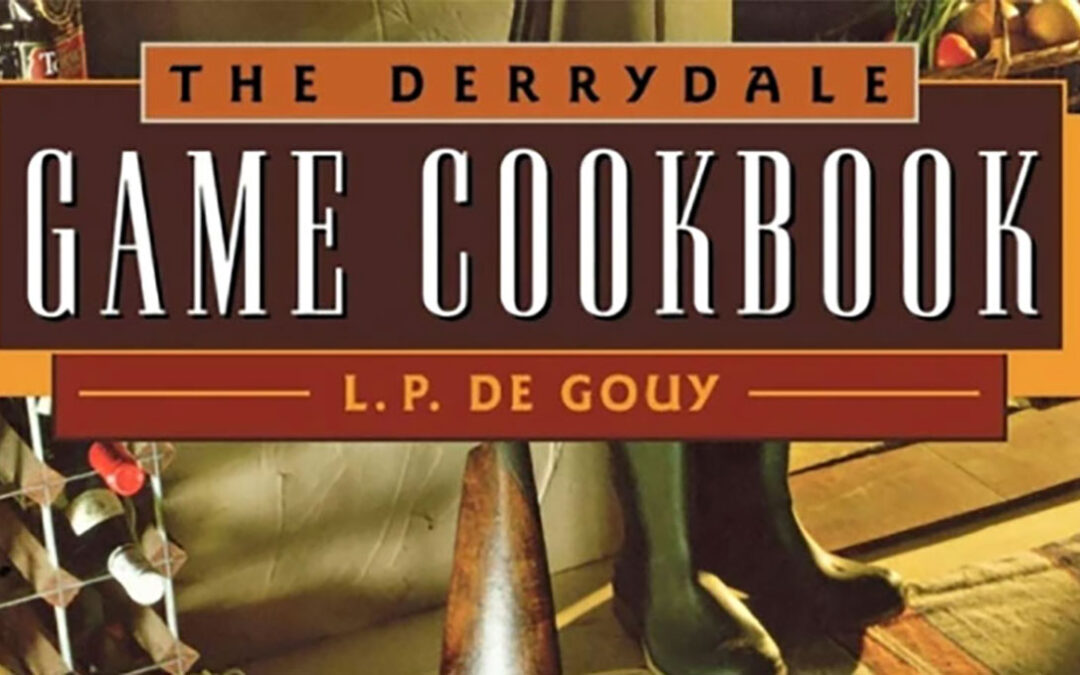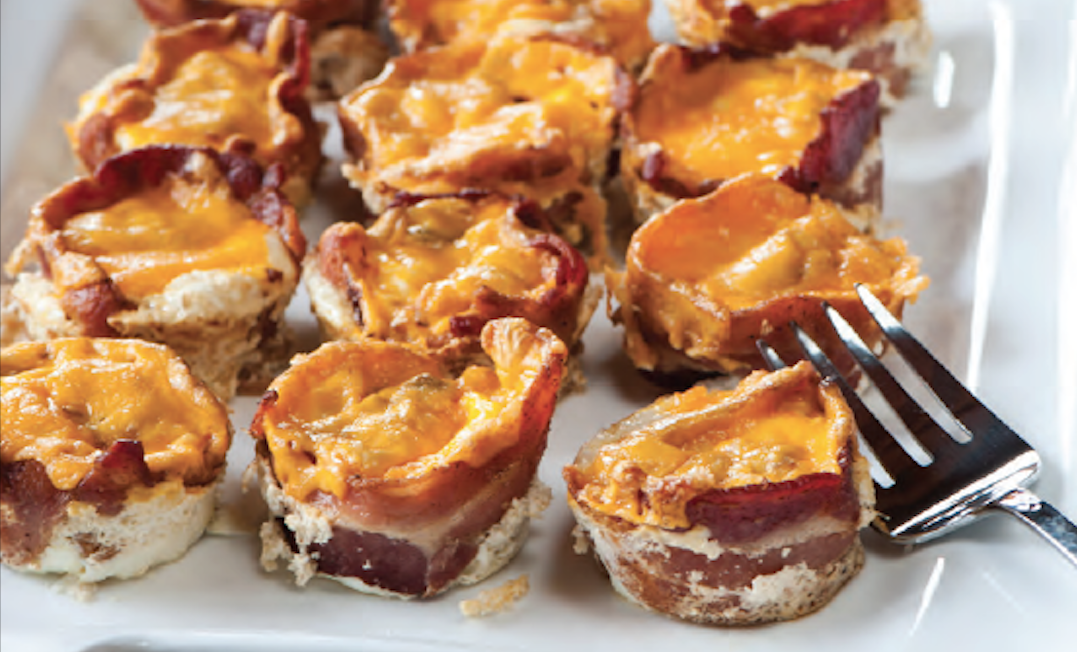How To Bone and Carve Wild Birds
Bone
Clean the bird as usual and singe. With a sharp-pointed knife, begin at the extremity of the wing, and pass the knife down close to the bone, cutting off the flesh from the bone and preserving the skin whole; run the knife down each side of the breastbone and up the legs, keeping close to the bone. Lay flat on a clean towel; fill with whatever stuffing or filling indicated; roll up, restoring the bird to its natural form and sew up all the incisions in the skin.
Carve
Like all masters of an art, the carver of distinction makes not secret of his methods; rather, longing to see the world bettered, he seeks to impart his skill to others. The duck, for example, has a bad reputation of many years’ standing as a carve. Many promising meal has gone to wreck because, when the duck is set before the head of the family, confusion is brought upon him by a shrill voice uttering these lines, “We, all of us, prepare to rise when father carves the duck.” However, the method of carving a duck or goose or pheasant is a little more complicated than that of a chicken, although it is very easy after a little practice.
Have the duck on a platter with the tail to your left. Insert the fork between the right drumstick and thigh. Now run the point of a sharp knife around the leg, cutting the skin, using the fork to raise the leg toward yourself. then place the knife underneath the leg and cut straight toward the tail, raising the leg until you find the joint with the point of the knife. Cut across the joint and remove the leg. Now insert the point of the fork in the bottom of the right wing and carve from the top of the breast down to the wing joint, which you then easily sever with the point of the knife. Remove the left leg and wing in the same fashion. If the duck or goose is large enough, slice the breasts. If it is small, split it from tail to neck and then cut across it, providing four portions. Proceed without haste, but with speed. The duck does not grow cold under such ministrations. Use no violence, for violence tears and disfigures. From point to heel the knife blade has its uses, which should be adapted to the task at hand.
Because the goose is more fatty, the carving is easier. After removing the legs as indicated for the duck, the breast slices are made directly from the top of the breastbone downward to the end of the wing.
The carving of a wild turkey is accomplished exactly as for chicken. However, since the wings and legs of a wild turkey are more fleshy, slices may be carved from them.
Small wild birds are carefully split in two lengthwise from the breastbone downward. Then the legs and second joints are removed.
Editors’ Note: this is an excerpt from THE DERRYDALE GAME COOKBOOK available in the Sporting Classics Store.




